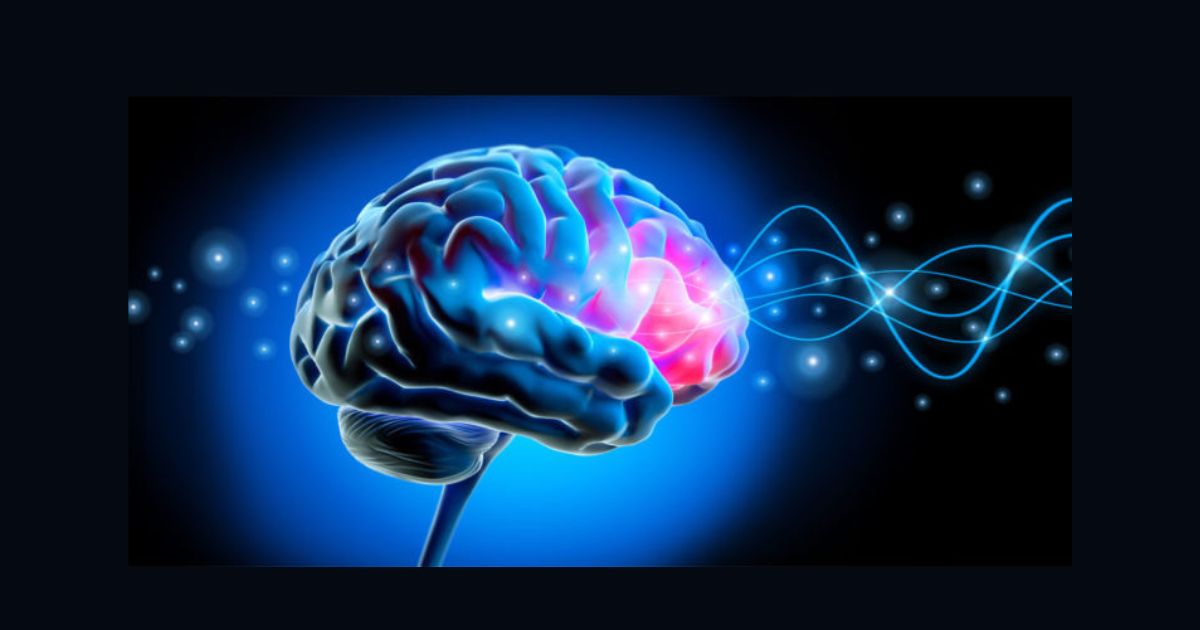A recent study, published in Psychiatry Research, unveils compelling evidence supporting the efficacy of repetitive transcranial magnetic stimulation (rTMS) as a potential treatment for seasonal depression.
The research, led by Peter Giacobbe, an associate scientist at the Sunnybrook Health Sciences Centre in Toronto, sheds light on the promising benefits of this non-invasive brain stimulation technique, particularly for individuals grappling with seasonal depression during the darker months.
Major depressive disorder (MDD) affects millions globally, with a notable subset experiencing a seasonal pattern exacerbating during winter months.
The study was initiated to explore whether rTMS, already recognized for treating MDD, could effectively address the specific challenges faced by individuals with seasonal variations in depressive symptoms. The need for alternative treatments in regions with limited sunlight during winter further fueled the investigation.
Repetitive Transcranial Magnetic Stimulation (rTMS) As Treatment for Seasonal Depression
rTMS is a non-invasive brain stimulation therapy used to treat various disorders, including depression. It involves placing a magnetic coil near the scalp to deliver magnetic pulses, stimulating specific areas of the brain associated with mood regulation.
The therapy has gained recognition for its potential to alleviate symptoms of depression, particularly in cases where traditional treatments, such as medication, have proven ineffective.
Living in Canada, where winter days are notably short, the researchers observed a higher prevalence of seasonal affective disorder during the months from November to March.
Patients reported worsening mood characterized by seasonal changes in sleep patterns, social activity, mood, weight, appetite, and energy levels. Notably, some patients perceived benefits from rTMS treatments, prompting the exploration of its effectiveness in seasonal depression.
Study Methodology:
The researchers conducted a retrospective analysis of 127 patients diagnosed with Major Depressive Disorder who received their first rTMS treatment at the Harquail Centre. Participants, aged 16 and older, underwent high-frequency rTMS targeting the left dorsolateral prefrontal cortex, a brain region associated with mood regulation.
The severity of depression and the presence of a seasonal pattern were assessed using the Hamilton Depression Rating Scale (HAMD-17) and the Personal Inventory for Depression and Seasonal Affective Disorder (PIDS).
Key Findings:
About 46% of participants exhibited a seasonal pattern in their depression, emphasizing the significance of exploring effective treatments for this subgroup. rTMS led to a significant improvement in depression symptoms for both those with and without a seasonal pattern.
Approximately 32% achieved remission, and 55% responded positively to the treatment, with a 50% or greater decrease in their HAMD-17 scores.
Unique Insights and Associations:
The study revealed that higher scores on the PIDS were associated with greater improvement in depression symptoms when rTMS treatment began between September and February.
The research also indicated that typical and atypical neurovegetative symptoms, such as changes in sleep patterns and appetite, improved similarly over the course of treatment, irrespective of seasonality.
Implications and Future Directions:
While these findings offer promising insights, the study has limitations, including its retrospective nature and the absence of a sham control group. Prospective, controlled trials are needed to determine the active ingredients contributing to the observed improvements.
The study lays the groundwork for future research into the potential combination of light therapy and rTMS and whether it surpasses the efficacy of individual treatments.
The study signifies a significant step forward in understanding the potential of rTMS as an effective and well-tolerated treatment for seasonal depression. By expanding the range of viable treatment options, especially for individuals unresponsive to light therapy or medication, rTMS presents a targeted and time-limited therapeutic approach during the autumn and winter months.
The results call for further exploration through controlled trials to solidify the evidence and explore potential combinations of therapies for enhanced efficacy.








Leave a Reply
You must be logged in to post a comment.